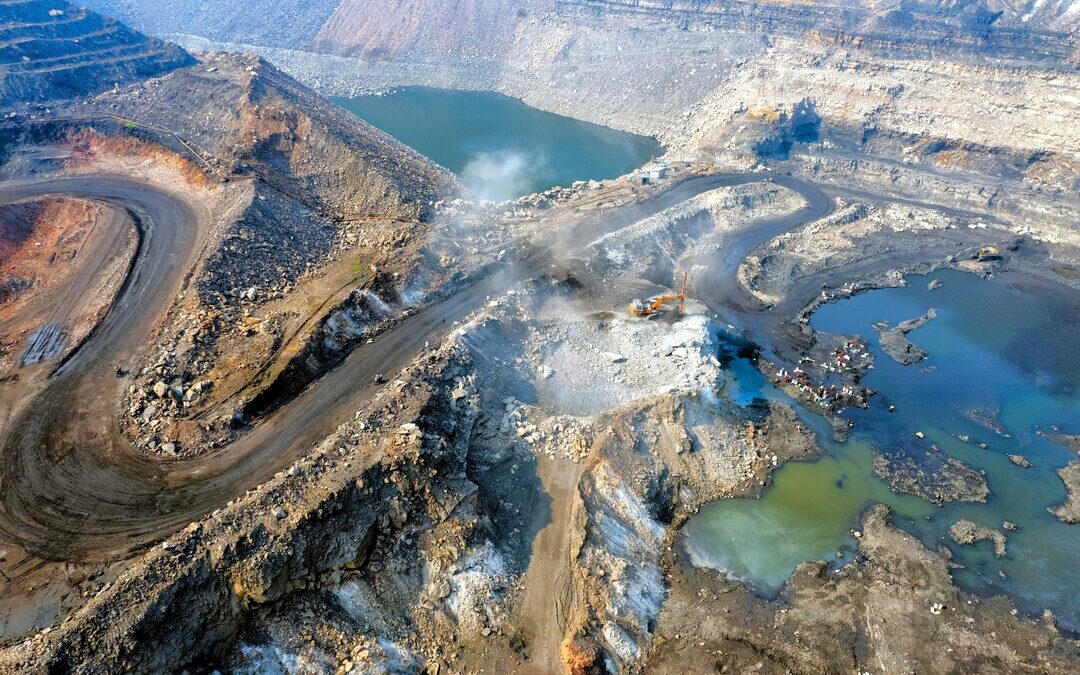Government Outlines Strategy to Make India’s Coal Sector More Sustainable
India unveils green measures and infrastructure upgrades to modernize coal sector and reduce import dependence.
India unveiled a suite of strategic initiatives on Monday aimed at ensuring the sustainability and competitiveness of its coal sector, as the country advances its energy transition and seeks to reduce carbon emissions.
Coal, which meets 55 percent of India’s energy demand, remains a dominant component of the country’s energy mix. While renewable energy sources, such as solar and wind, are expanding rapidly, they still trail coal in their overall contribution to electricity generation.
In a written statement to the upper house of parliament, Union Coal and Mines Minister G. Kishan Reddy said the government is implementing multiple programs to “green” the coal sector and reduce its environmental footprint.
Greening Coal Operations
State-run coal and lignite companies are investing in afforestation and land reclamation efforts near mining sites to reduce the ecological impact of extraction, Reddy said.
The sector is also adopting energy-efficient technologies, including replacing conventional lighting with LEDs, deploying electric vehicles and installing energy-saving equipment across mining operations.
In parallel, coal companies are treating mine water for reuse in agriculture, industry, and community water supply. Agreements have been signed with several state governments to extend this treated water for public use.
Circular Economy and Clean Technologies
In an effort to promote sustainable resource use, coal companies have begun extracting sand from overburden waste — the earth and rock removed to access coal seams — for construction purposes.
As of March 2024, four overburden processing plants and five M-sand plants had been commissioned.
Under the Ministry of Environment’s Green Credit Program, coal firms are also expanding plantations to offset emissions.
Efforts to reduce diesel use in coal transport include scaling up “First Mile Connectivity” projects, which shift coal loading to mechanized conveyor and rail systems.
Companies are further deploying blast-free mining technologies such as Surface Miners and Continuous Miners to minimize pollution and enhance worker safety.
Clean Energy Transition within Coal Firms
Several coal public sector undertakings have initiated renewable energy projects and are investing in clean coal technologies, such as coal gasification and coal-bed methane extraction.
These efforts come as India continues to balance energy security with climate goals. The country has the world’s fifth-largest coal reserves and a growing appetite for electricity, driven by industrial and population growth.
Reducing Imports, Boosting Domestic Supply
The government said India’s coal imports fell from 264.5 million tonnes in fiscal 2023–24 to 243.6 MT in 2024–25, citing policy efforts to cut foreign reliance.
To further reduce imports, the government has expedited coal block allocations, streamlined environmental clearances and encouraged private sector participation in mining.
An inter-ministerial committee has also been tasked with identifying import-based plants that can shift to domestic coal, while infrastructure upgrades — including new railway lines and expanded FMC networks — aim to ease coal transport bottlenecks.
Additionally, under the revised Shakti Policy 2025, imported coal-based plants can now procure domestic coal under the policy’s Window-II mechanism.
India’s coal policy signals a dual-track strategy: sustaining its current energy backbone while laying the groundwork for a greener future.
Also Read:
Coal-Driven Steel Boom in India Risks $187B in Stranded Assets, Report Warns
Nirmal Menon
Related posts
Subscribe
Error: Contact form not found.


